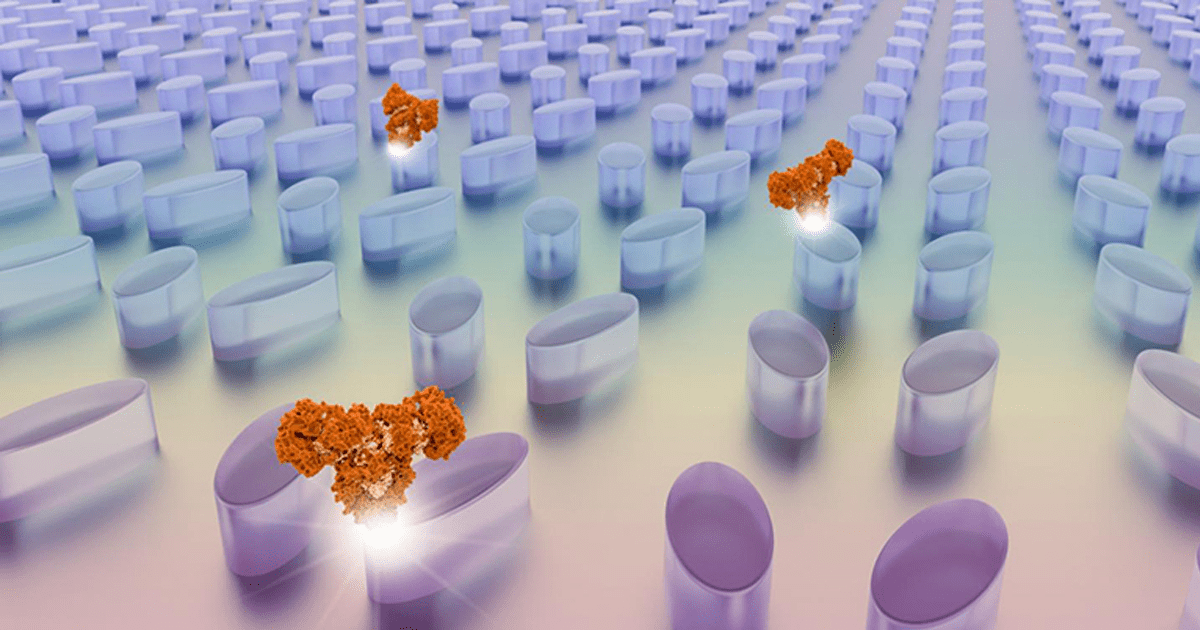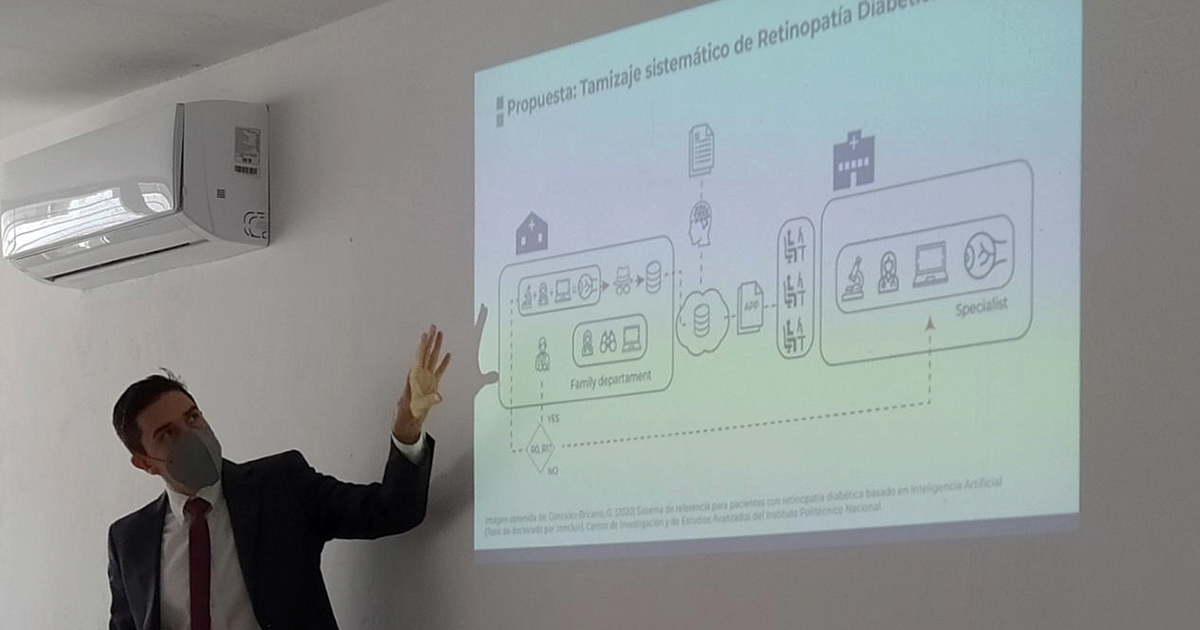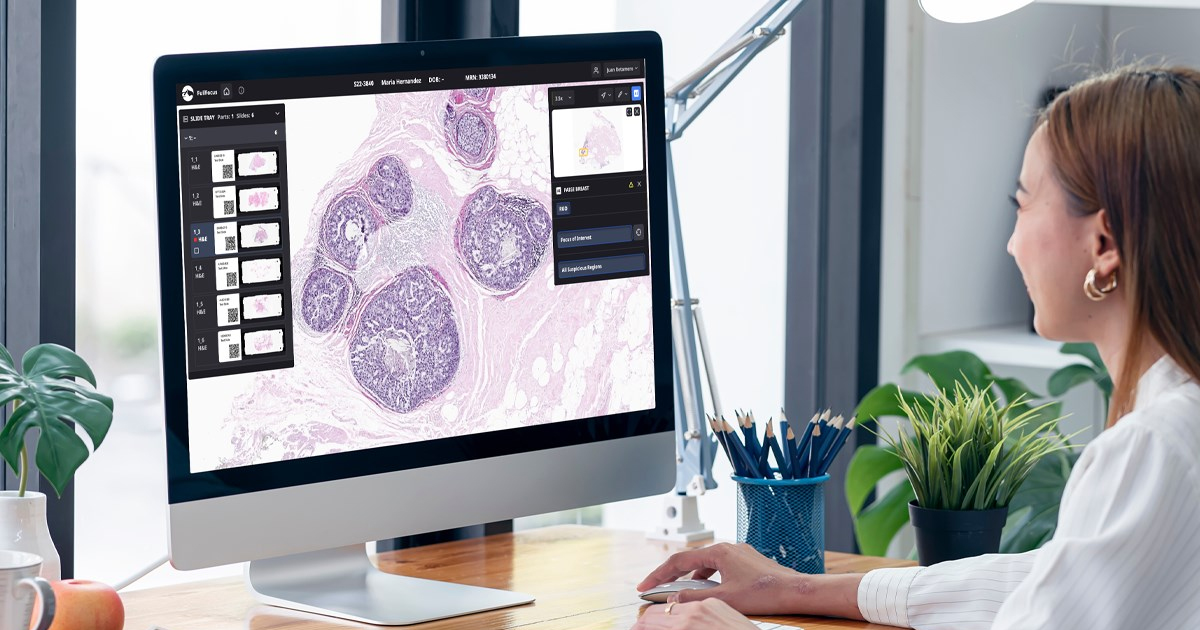A system specialized in capturing light waves was developed in order to know potential health risks and prevent in advance.
Molecular technology involved in the realization of digital health has taken advantage of subtle intervention techniques to develop methods with the quality of being more and more accurate.
Switzerland, through the Federal Polytechnic School of Lausanne, created an optical microchip that works with photons. What is expected to be achieved with this mechanism is to be able to collect samples from fluids such as blood or saliva and thus determine potential risks of infections.
This chip works by placing itself on a metasurface that can identify individual biomolecules in small samples, that determine the formulation of colors; so, when a light is turned on, it will mean that there are signals indicating molecular activity within the analyzed sample.
A CMOS sensor will then be used to capture the light intensity and will be passed to software that measure the heat levels seen in the images and formulate a complete diagnosis.
Hatice Altug, a researcher involved in the gestation of the project, said that optical sensors are critical in research "such small amounts of specific biomolecules can be detected in order to provide an early warning system for diseases”.

This alternative converts sensitive spectrums of light into electrical signals suitable for transferring more detailed and clear data and information.






